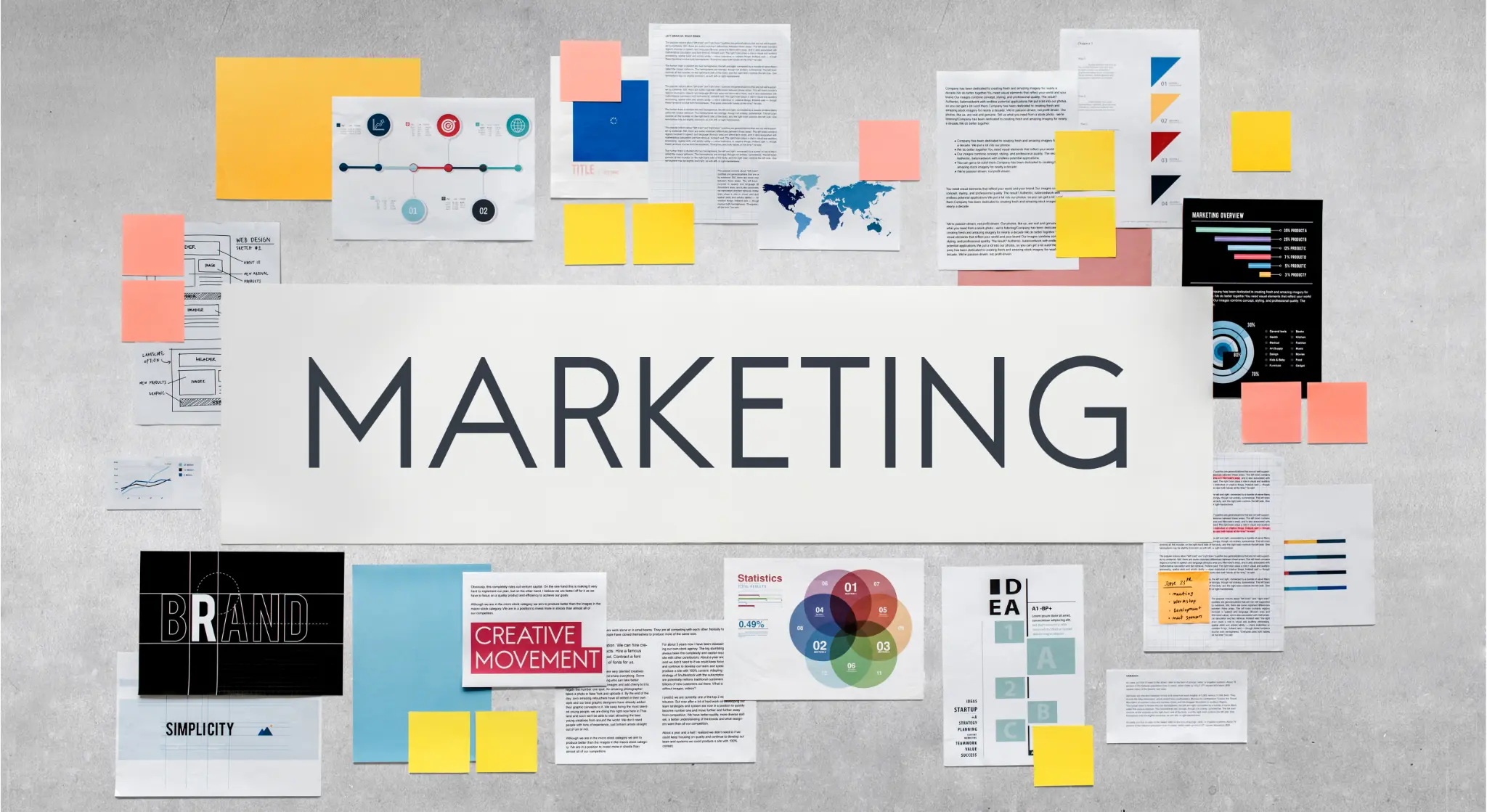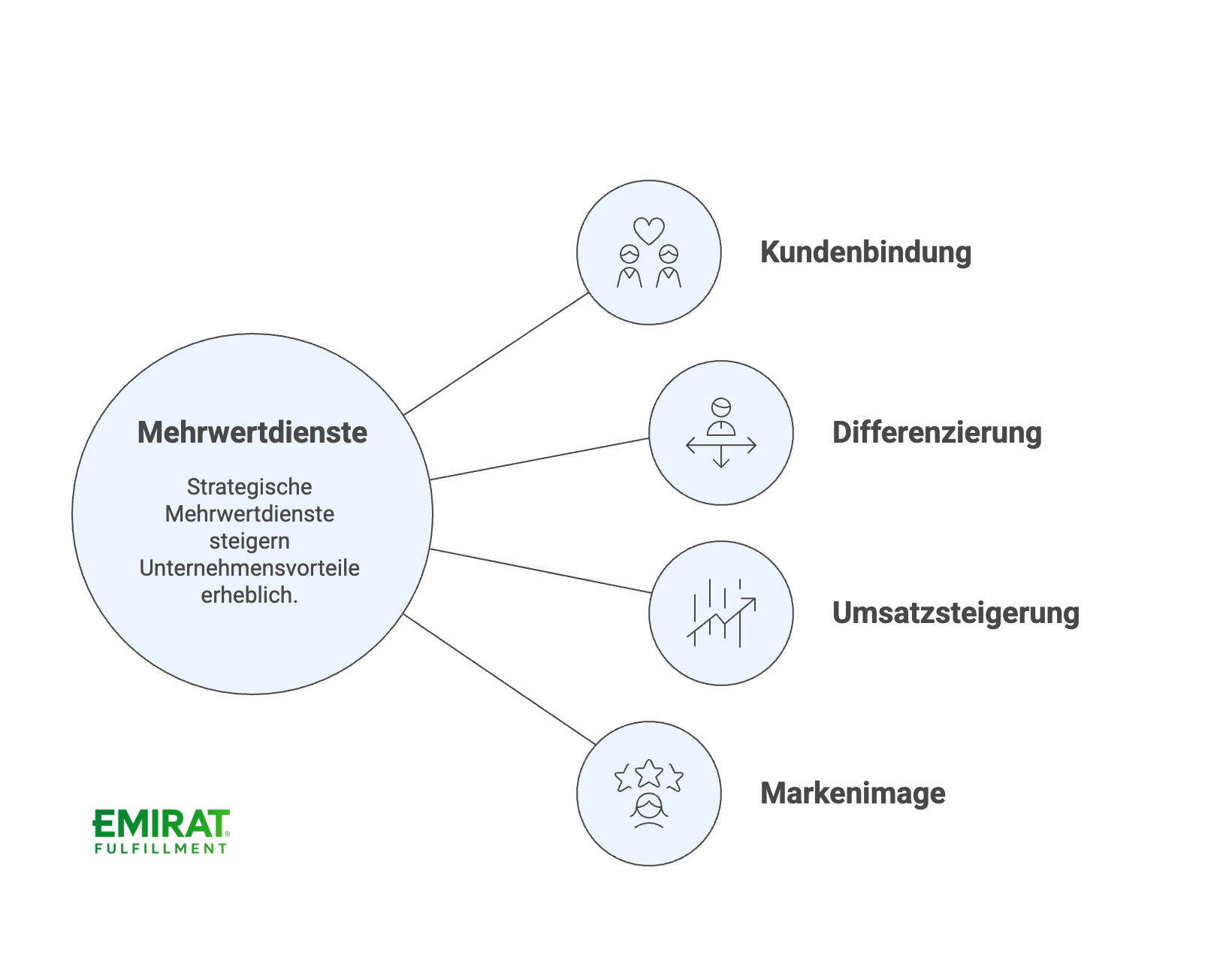Customers today aren't just choosing products — they expect experiences and real added value. They expect additional benefits that make the offer more attractive and illustrate the difference from the competition. This is where value-added services (VAS) come in. In marketing, they are a decisive lever for differentiating brands, increasing customer satisfaction and building long-term relationships.

The term Value Added Services Literally means “value-added services.” This refers to additional services that go beyond the actual core product. They are not absolutely necessary, but they increase the perceived value for customers.
Typical value-added services examples include:
Companies that use value-added services strategically benefit on several levels:

In the highly competitive telecommunications market, value-added services are a key success factor. Providers such as Deutsche Telekom or Vodafone have long been offering more than just telephone and Internet connections. Additional digital services such as cloud storage, security software, streaming subscriptions or exclusive apps make the difference. These services not only generate more revenue, but also increase barriers to change — anyone who ties their data or entertainment offerings to a provider usually stays loyal to that provider.
Financial service providers are also increasingly using value-added services in order to retain customers more closely. Banks offer premium accounts with an exclusive travel insurance package, a personal contact or mobile investment apps. Insurance companies supplement traditional policies with digital services, such as claims reports via app or bonus programs for health-conscious behavior. This not only creates new points of contact with the brand, but also a sense of exclusivity.
In online retail, Amazon Prime is probably the best-known example of a successful VAS concept. For an annual fee, customers receive benefits such as free premium shipping, access to streaming services, exclusive discounts and much more. This model impressively shows how value-added services can create an ecosystem that retains customers over the long term. Smaller shops can also score points with value-added services — such as gift packaging, same-day delivery or personalized shopping recommendations.
In the area Logistics and fulfillment Value added services are becoming increasingly important. Companies that not only store and ship but also offer individual additional services create differentiation. Examples include sustainable shipping options, flexible return processes, or personalized packaging that reinforces the brand experience. Especially in the growing e-commerce sector, such services often make the difference between canceling purchases or customer loyalty.
To ensure that value-added services are not just an addition but a real competitive advantage, a structured approach is recommended:
Step 1: Analyze needs: Which additional services are really important to your target group?
Step 2: Prioritize customer experience: Choose services that immediately improve the shopping experience.
Step 3: Start the pilot phase: Test selected value-added services in a small customer segment.
Step 4: Marketing integration: Actively communicate the VAS in your advertising and customer communications.
Step 5: Measure success: Use key figures such as repurchase rates or customer satisfaction to evaluate the success of VAS.
This checklist shows how value-added marketing services can be converted step by step into a practical strategy.
Companies that Value-added services in marketing Use strategically, can clearly set yourself apart from competitors. Especially in e-commerce, it is not enough just to sell products — the customer experience in terms of ordering, shipping and service is crucial. This is exactly where emiratfulfillment.de to: The fulfillment service provider helps retailers integrate value-added services directly into their processes — from personalized packaging to handling promotional campaigns and flexible returns management. In this way, fulfillment itself becomes an effective part of the marketing strategy and actively contributes to customer loyalty.
These are additional services that a company provides beyond its core offering in order to offer customers more benefits.
Both are possible: Some VAS are offered as a free bonus, others as a paid premium offer.
Especially e-commerce, telecommunications, financial services and logistics — wherever competition is fierce and additional benefits make the difference.
By analyzing what needs their target group has beyond the pure product and specifically covering them with value-added services.
Value-added services in marketing are no longer a “nice-to-have” but a strategic must. Companies that specifically offer their customers additional benefits not only improve the customer experience, but also increase loyalty, repurchase rate and brand value. Anyone who integrates VAS into their own marketing strategy is successfully positioning themselves in the long term — in e-commerce as well as in traditional industries.